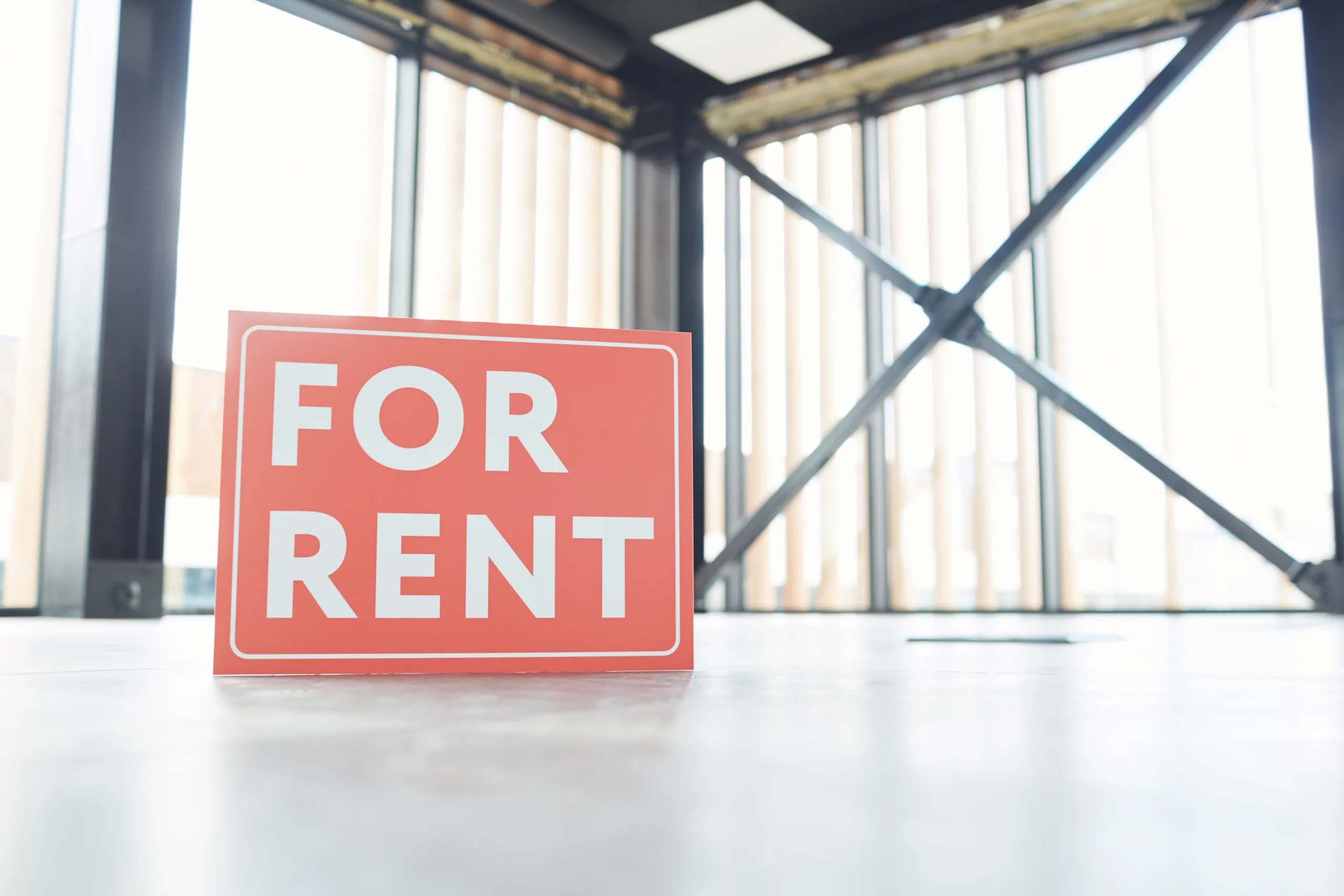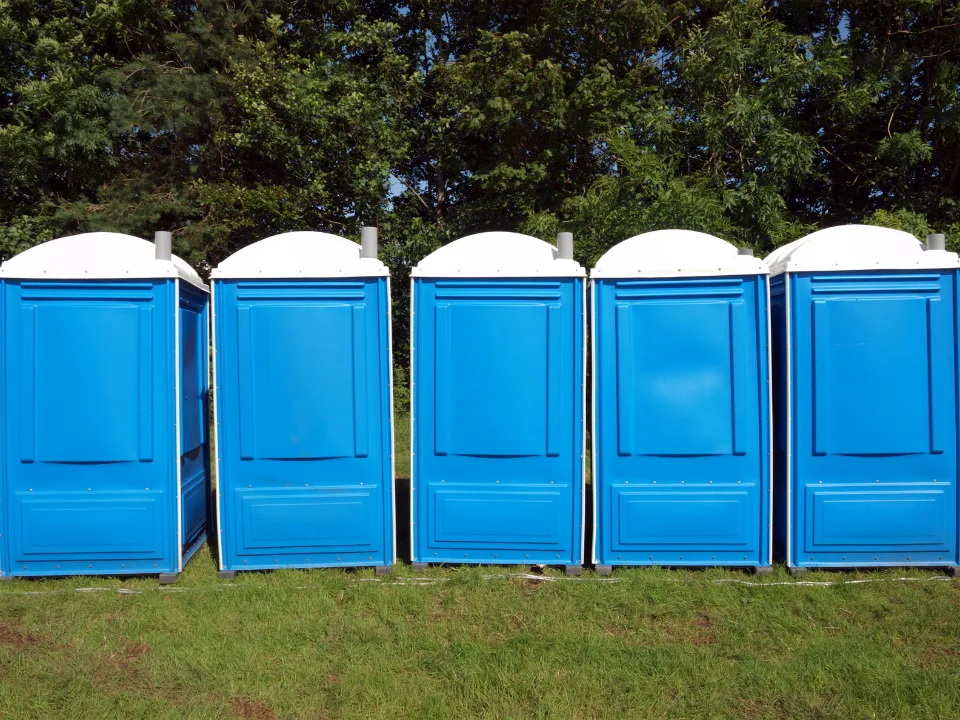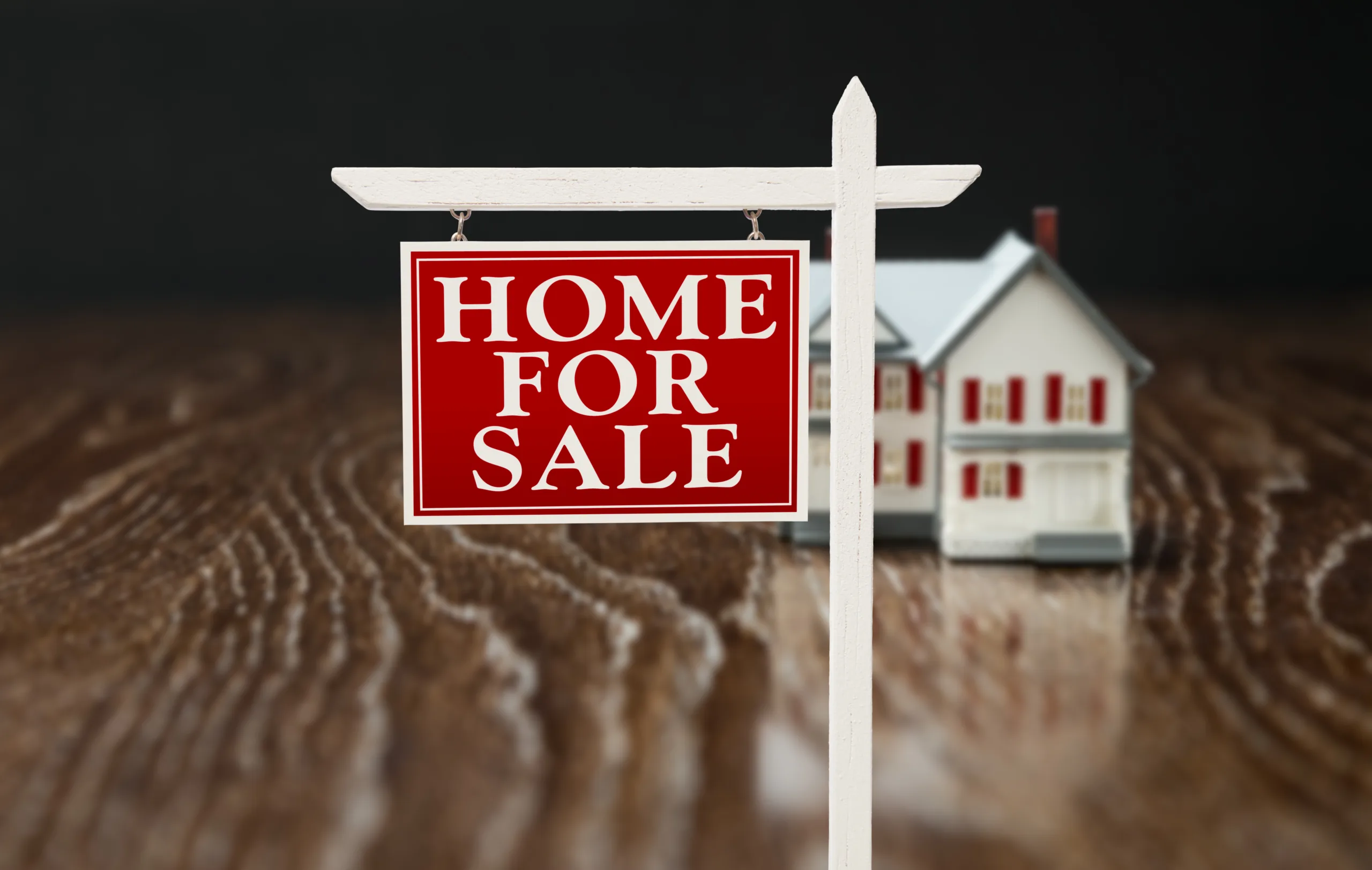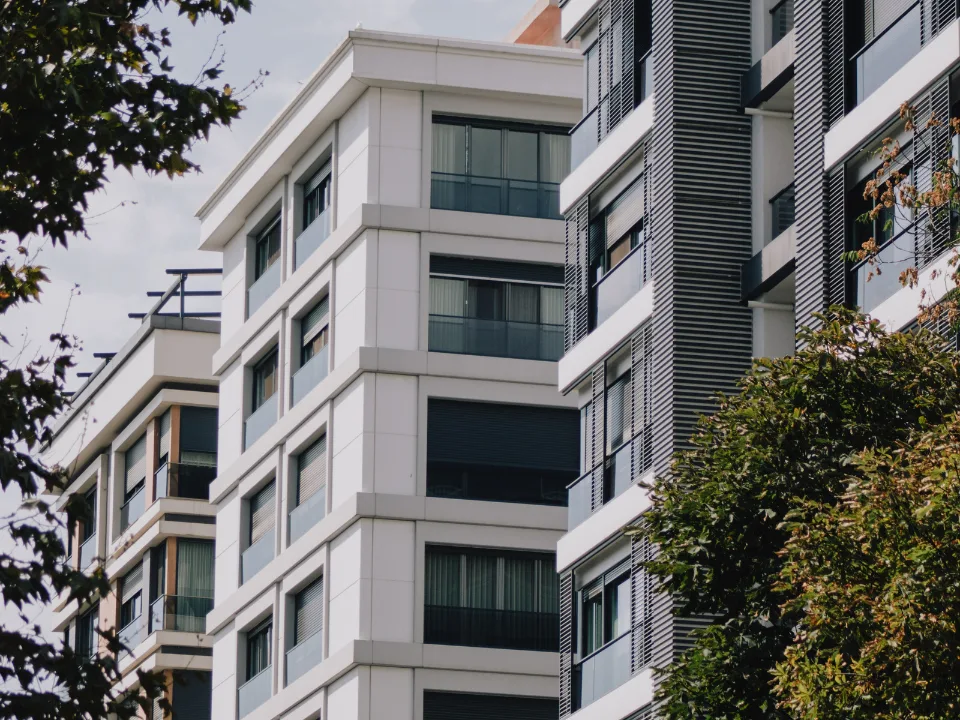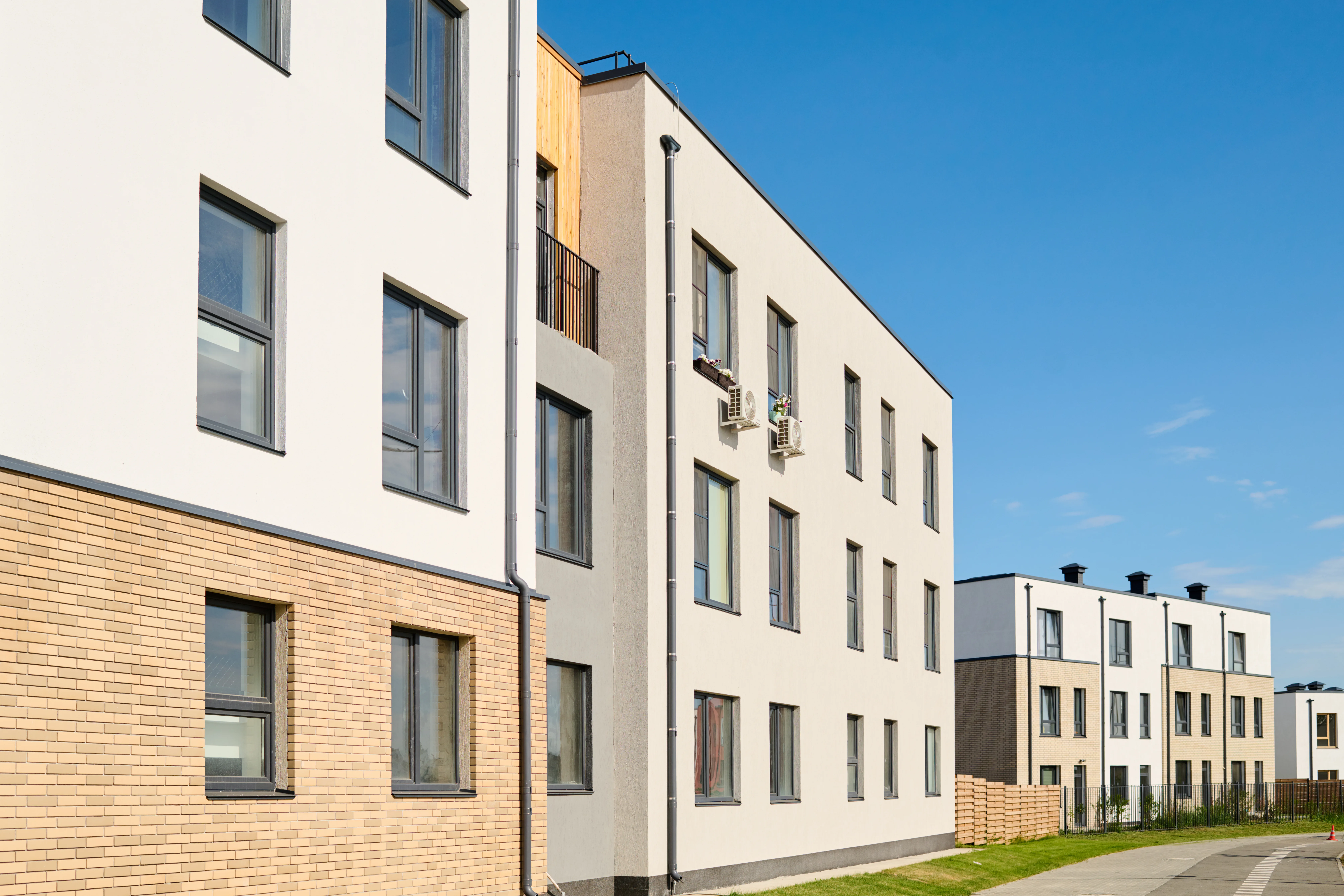- Austin delivered 4,605 affordable units in 2024, the most of any US city, and has the largest future pipeline through 2027.
- Despite the surge, the city still faces a massive shortfall in deeply affordable units for residents earning around 30% of the median income.
- Regulatory reform, local funding, and community partnerships have fueled Austin’s affordable housing boom, but challenges like high interest rates and federal funding threats could slow future progress.
Austin’s tech-driven growth has reshaped the city, bringing prosperity—and skyrocketing housing costs, per the Fast Company.
While the skyline fills with new development, a parallel surge in affordable housing construction has positioned Austin as the national leader. However, despite an impressive pipeline of affordable units, the city still falls short of meeting the needs of its most vulnerable residents.
A Surge in Affordable Housing
Austin’s affordable housing pipeline now leads the country, according to Yardi Matrix. In 2024, the city delivered 4,605 affordable units—double the number from 2023—and it is projected to complete another 3,452 units by year-end. With 9,528 units forecasted through 2027, Austin far outpaces larger cities like Los Angeles and Seattle.
“We want to ensure that the population that made Austin what Austin is can stay in Austin,” said James May, Housing and Community Development Officer for the City of Austin.

How Austin Pulled Ahead
Three main factors contributed to Austin’s success:
- Community Collaboration: Partnerships among the city, county, housing authorities, and private developers, with incentives through the city’s density-bonus program, have accelerated new construction.
- Funding Influx: Voter-approved bonds, like the $350M bond in 2022, and $300M from transit-oriented anti-displacement funds have provided crucial financial support. A notable purchase includes a 100-acre site for future mixed-income development.
- Regulatory Reforms: Policy changes, such as Affordability Unlocked, transit-oriented development rules, and the HOME Initiative, have eased zoning restrictions and promoted higher-density, more flexible housing development.
Get Smarter about what matters in CRE
Stay ahead of trends in commercial real estate with CRE Daily – the free newsletter delivering everything you need to start your day in just 5-minutes
The Missing Piece: Deep Affordability
Despite the boom, the supply of deeply affordable housing remains critically low. In 2023, only 63 units were built for residents earning about 30% of Austin’s median income—even though this group comprises 17% of the city’s population.
Meanwhile, eviction rates hit record highs in surrounding areas, underlining the dire need for more housing that low-income renters can actually afford.
Challenges Ahead
Several headwinds threaten Austin’s future affordable housing efforts:
- Persistently high interest rates complicate financing for new projects.
- Tariffs have increased material costs.
- Potential federal funding cuts—especially targeting sanctuary cities—could strip away vital resources.
“It’s going to be a tough market, we won’t see the entire pipeline go all the way through,” May warned.
Why It Matters
Austin’s rapid expansion of affordable housing is a critical step toward a more inclusive city. However, without a deeper focus on creating units for its lowest-income residents, and facing rising financial and political hurdles, the city risks leaving behind the very communities that built its vibrant culture.
